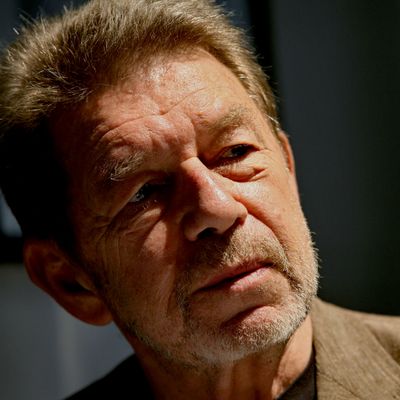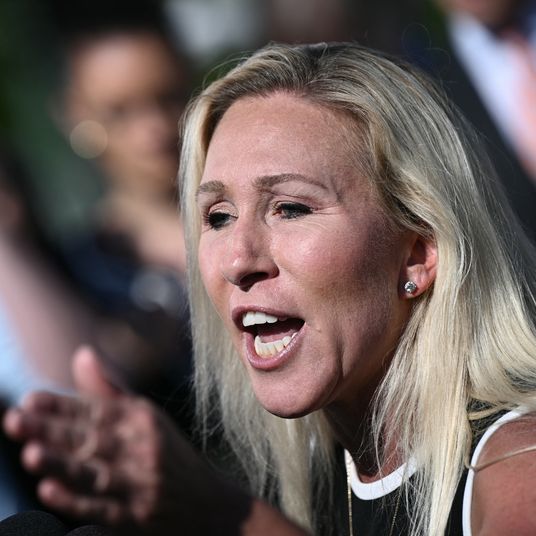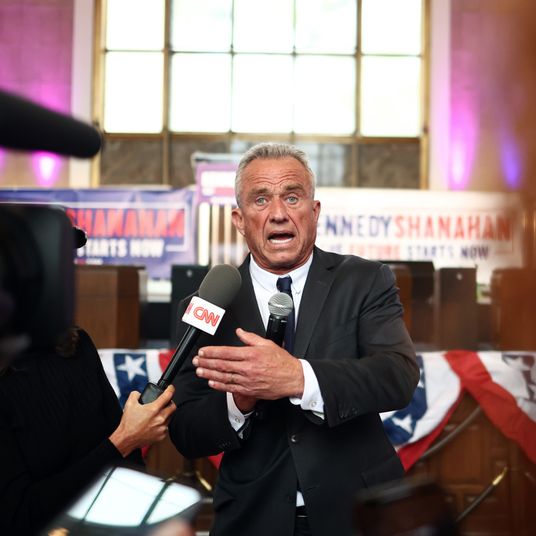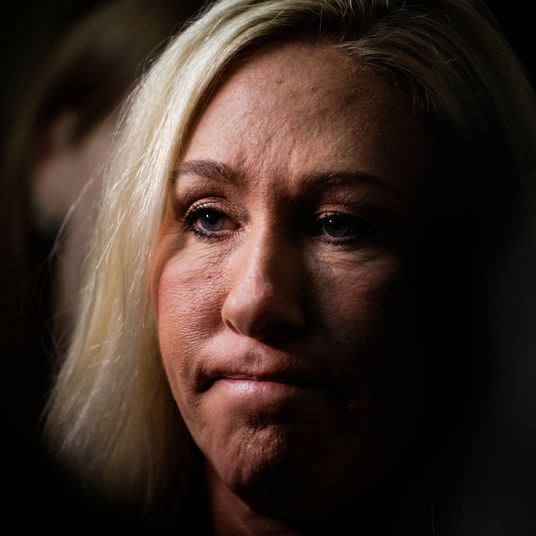
You know the old joke about Shakespeare, the one that goes, “Hamlet is just a bunch of clichés strung together?” That’s the sense you get when trying to assess the life of Pete Hamill, who died yesterday at 85 after a few years of fragile health. He so embodied midcentury New York — the city of egg creams and Fiorello La Guardia and Sugar Ray Robinson — that he was easy to miscategorize as a nostalgist, one who thought New York’s best days were behind it. He was, after all, a guy who smoked and drank with Sinatra. As a young person, he was a three-sewer hitter. (If you don’t know that term, you haven’t read enough of his writing.) I once called him up and asked whether he’d known Weegee, and he offered the quintessential Hamill answer: “I met him once. It was at Lindy’s.” He laughed as he said it, too, because it was so on the nose. But that deep, deep bank of absorbed knowledge could overshadow his real strength, which was that he was a great observer, a true newsman, and his literacy underpinned a deep curiosity and engagement with the here and now. He knew the history cold, but he wasn’t lost in it.
He’d lived so many New York lives, every one of them interesting. He was a high-school dropout who became a sheet-metal apprentice in the Brooklyn Navy Yard at 16 — but he also dated Jacqueline Onassis for a while. (And he’d been in the hotel kitchen with Bobby Kennedy at the last moment of the senator’s life.) He wrote a whole book about Sinatra, but he was not totally bound to the swing era: “The Death and Life of John Lennon,” the cover story he wrote for New York when Lennon was killed in 1980, is wildly perceptive, doubly so for deadline work. He started in the news business with a rewrite tryout at the New York Post, starting in 1960—the young night editor who broke him in was Ed Kosner, who eventually ran New York—and then, three decades later, he ran the paper for five weeks during one of its near-death experiences. That on its own was one of the city’s craziest newspaper tales: Abe Hirschfeld, a completely bonkers parking-garage magnate, briefly got control of the Post during its bankruptcy, causing a staff revolt; during the walkout, Hamill made the bravura gesture of editing the paper from the coffee shop around the corner. A few years later, Hamill got to run the Daily News, too. They put him on the front page today. When Ron Howard’s movie The Paper, about tabloid-newspaper life, came out in 1994, he wrote about it with enthusiasm for New York, noting that he was the least impartial observer on the subject one could imagine — in part because he has a cameo in the film.
If anything, he was often ahead of the news, not behind it. Consider a story he wrote in 1969, one that helped get New York going when the magazine was barely a year old. It’s called “Brooklyn: The Sane Alternative,” and to say that it’s prescient does not begin to describe it. Hamill had grown up in Park Slope when it was a slum, its brownstones growing shabby. Twenty-five years later, he walked through his old neighborhood and saw something afoot:
The Brooklyn I came home to has changed … People who have been driven out of the Village and Brooklyn Heights by the greed of real-estate operators are learning that it is not yet necessary to decamp for Red Bank or Garden City … Hundreds of people are discovering that Brooklyn has become the Sane Alternative: a part of New York where you can live a decent urban life without going broke, where you can educate your children without having the income of an Onassis, a place where it is still possible to see the sky, and all of it only 15 minutes from Wall Street. The Sane Alternative is Brooklyn.
People were still publishing versions of that paragraph in 1979, and 1989, and 1999, and 2009, changing little besides the apartment prices. And it’s not the only one that was ahead of its time: In “The Revolt of the Working-Class Voter,” from the same year, he painted a picture of blue-collar white resentment that could very well be about the 2016 Trump voter, as he heard men in bars griping about the mayor and cursing their Black neighbors.
He gave up going to bars eventually — he quit booze in 1972 — and the before-and-after memoir he wrote, A Drinking Life, was one of his masterpieces. (Why’d he stop drinking? “I have no talent for it.”) As was North River, a novel of the Lower East Side during the Depression. For a Hamill amuse-bouche, though, you might try an oddball, a small book he published in 1998 called Why Sinatra Matters. It’s different from all the other Sinatra biographies, which are packed with recording sessions and gossip-column feuds and stomping out on Ava Gardner; Hamill instead talks a lot about the listeners, the teenagers who found in Frankie a pop star who understood the simultaneous closeness and loneliness of immigrant city life. As Hamill once explained it pithily, when the big hit on the radio was “Mule Train,” he and his friends were a lot more familiar with the D train. Hamill: one of us.































